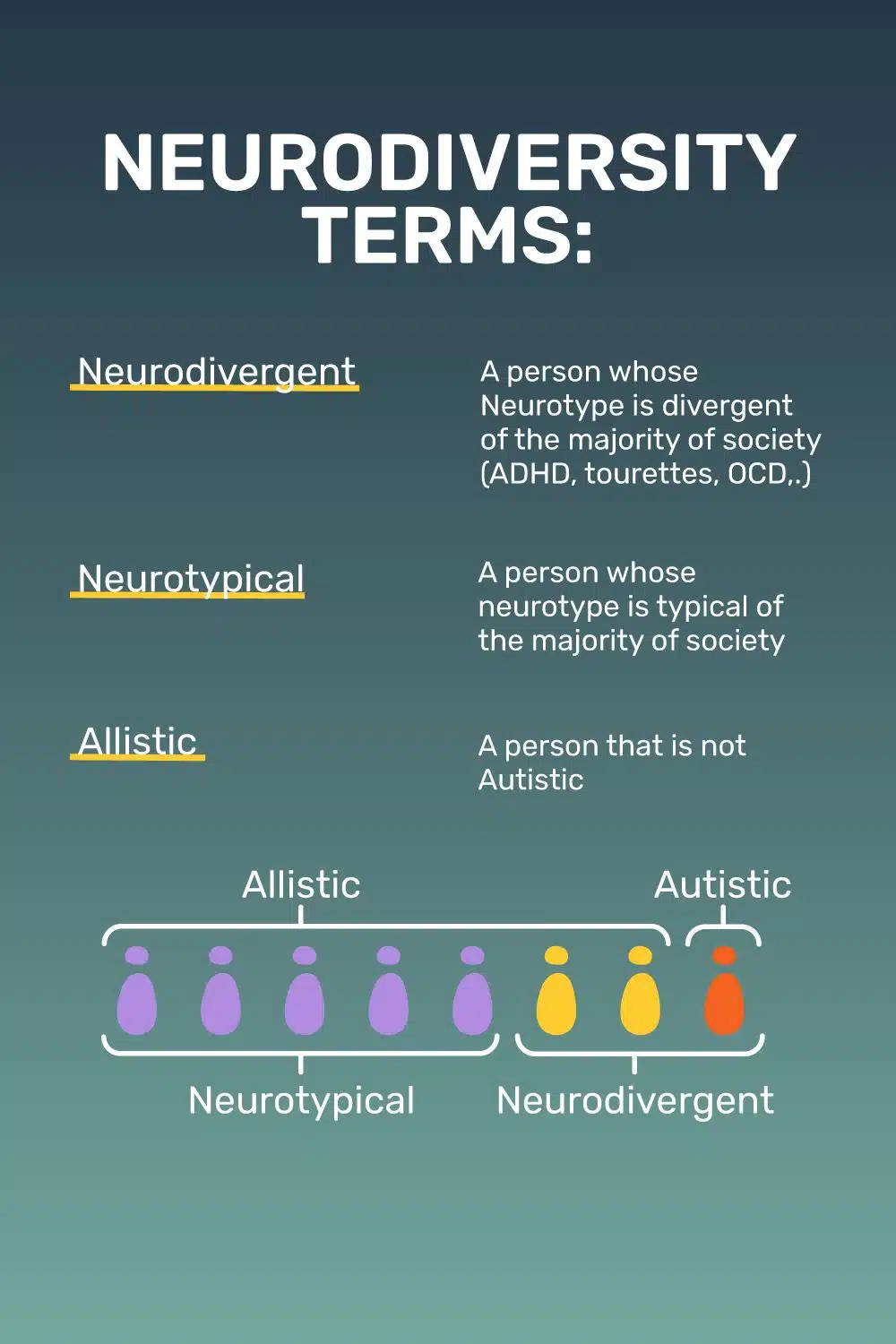A neuro-motor exam provides a snapshot of your child’s brain-body connection. Let’s break down how it works and see some examples:
- Muscle Strength: The doctor may ask your child to push against their hand or resist a movement to check muscle power.
- Reflexes: Tapping various parts of the body with a small hammer, doctors observe responses to test reflexes.
- Balance: Simple tasks like standing on one foot or walking straight help assess balance.
- Coordination: Touching nose with a finger or catching a ball can reveal coordination issues.
In conclusion, a neuro-motor exam gives a comprehensive view of your child’s neuromuscular health. Goally, with its interactive apps, helps children improve neuromotor skills. From mastering daily routines like teeth brushing, to developing emotional regulation, Goally can also act as a fun, supportive tool complementing strategies suggested post a neuro-motor exam.
This post was originally published on Feb. 15, 2023. It was updated on July 6, 2023.














